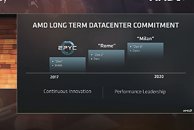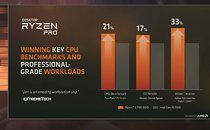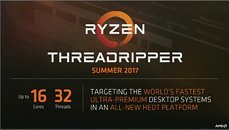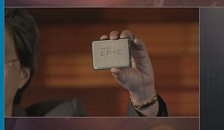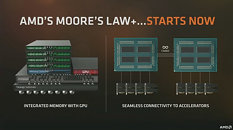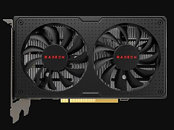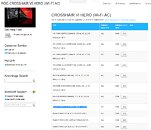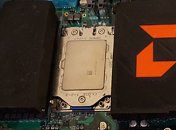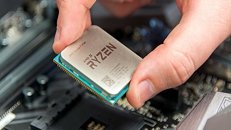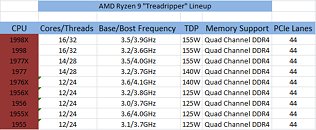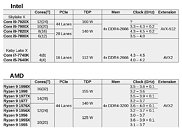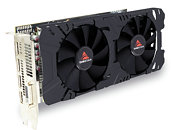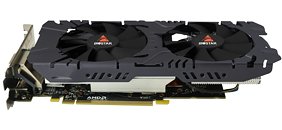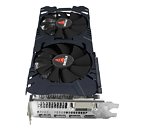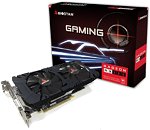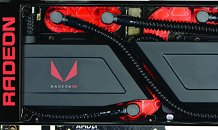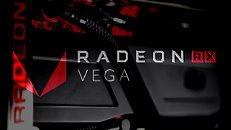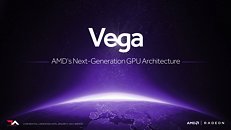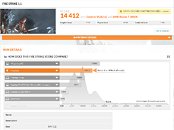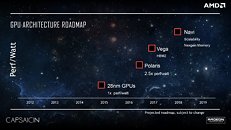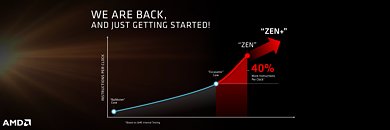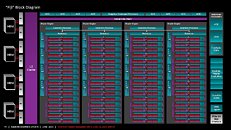Another day, another set of Vega results see the light of it. It would seem like this saga has been going on for ages, ever since we've seen AMD showcase its prototype Vega cards running Star Wars Battlefront (4K, Ultra settings at over 60 FPS) and Doom (4K, Vulcan render path at over 60 FPS on pre-production hardware). But with the lack of official information coming from AMD (let's hope this changes on
May 16th), it would seem the company is content to see us hardware news sites jumping at every detail and offering free publicity.
This is known to be Vega because the device ID, 687F:C1, was spotted on AMD's own hands while running that
Doom demo in 4K. The device clocks seem to be in line with previous leaks: a 1200 MHz core clock and 8GB of video memory running at 700 MHz memory clocks. With these clocks (which are expected to be extremely conservative when we take into account what
we know of Vega), the Vega video card manages to deliver a 17,801 points graphics score, approximately 1,400 points more than your average Fury X, but some hundreds less than your average, current-generation GTX 1070. Remember: AMD's
MI25 is expected to come in at 1,500 MHz core clocks, and this is a professional, passively-cooled graphics card. This means that unless AMD greatly overestimated the clock capability of its Vega cards, the consumer version of Vega will have necessarily higher clocks. But we'll stay here, waiting for some more details to pour our way, as always.




